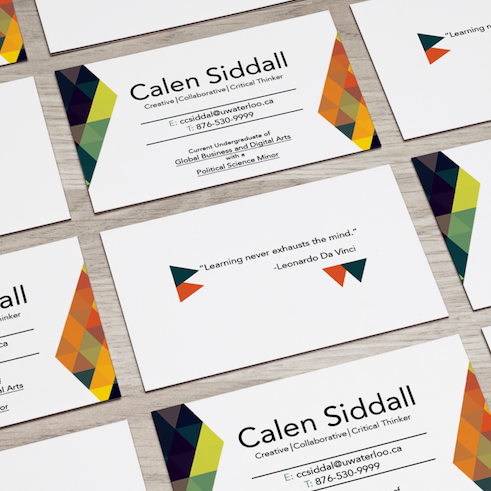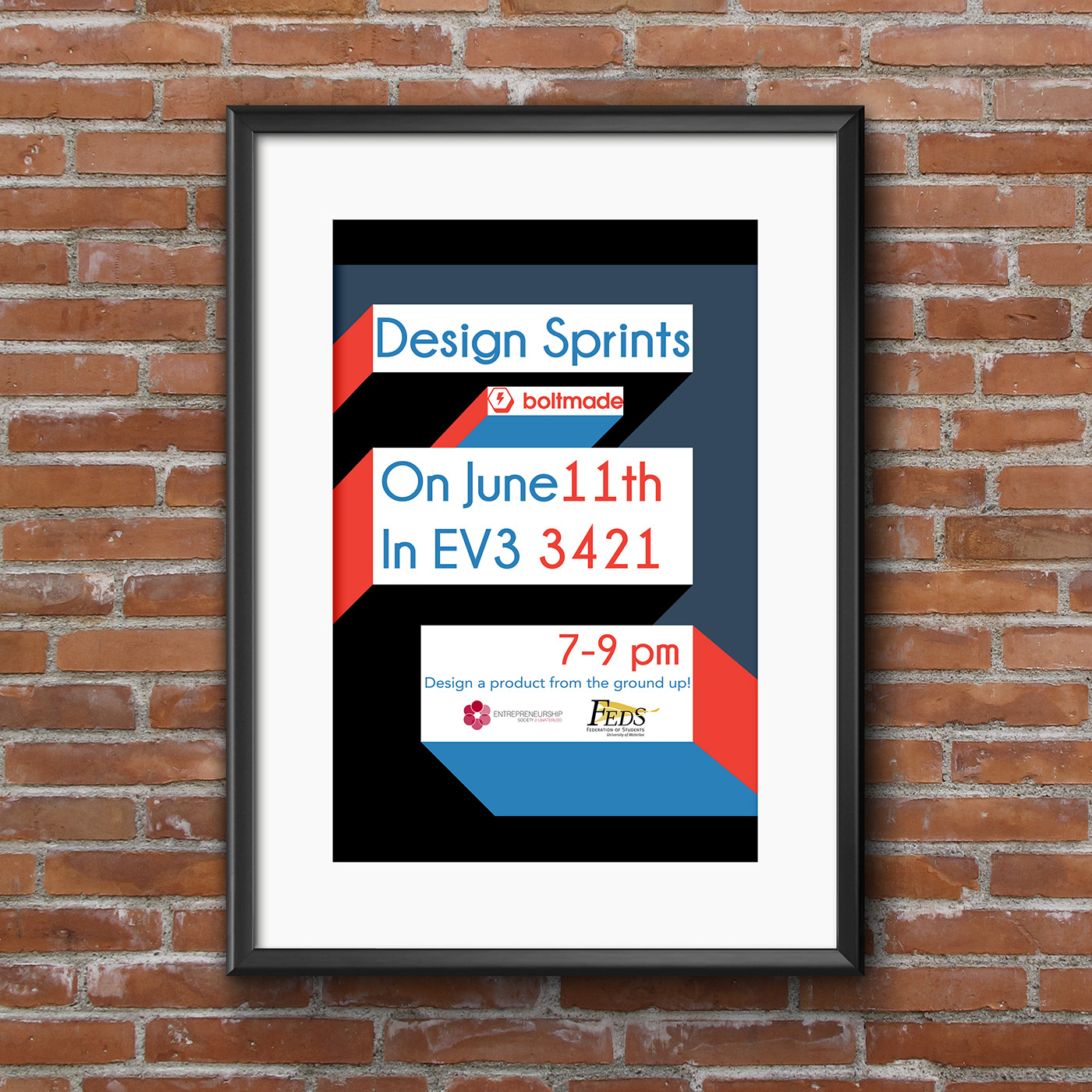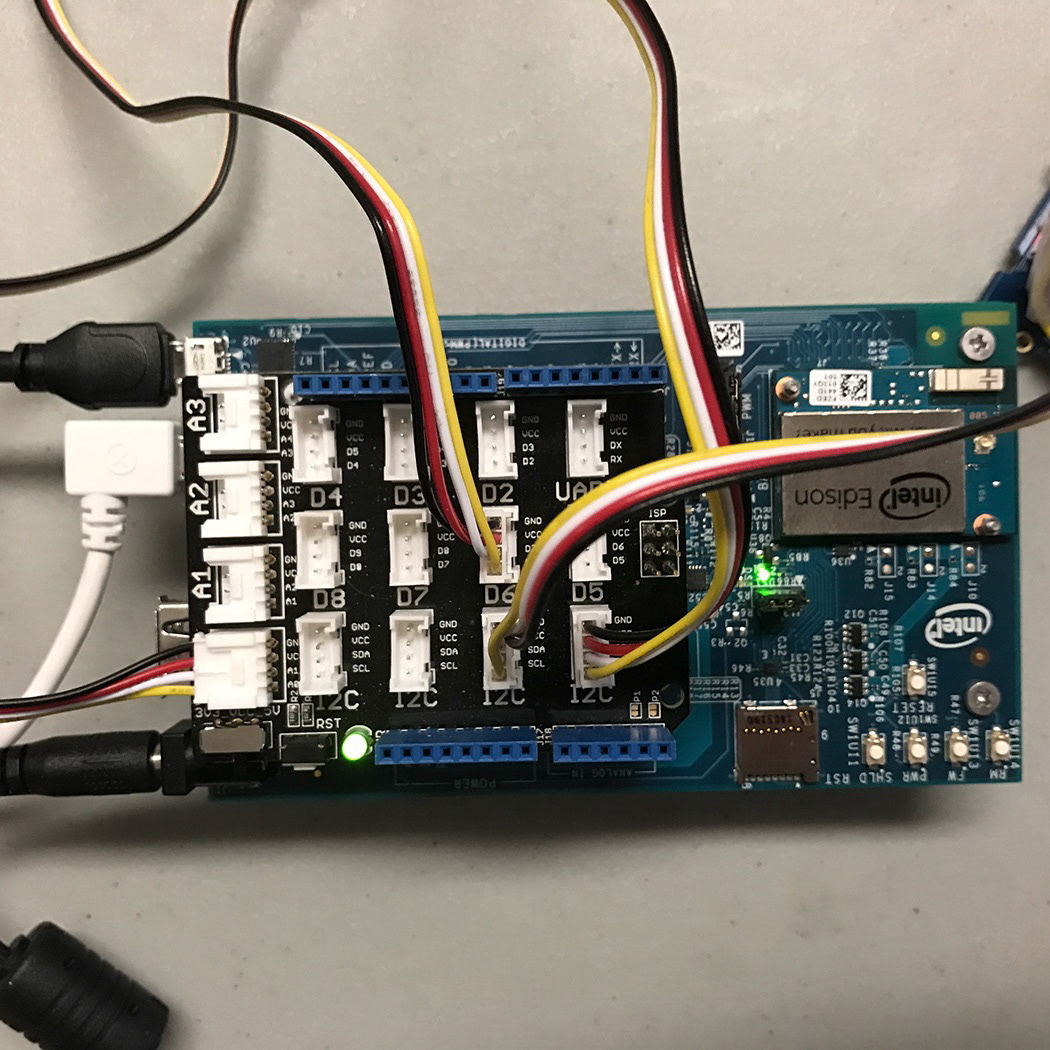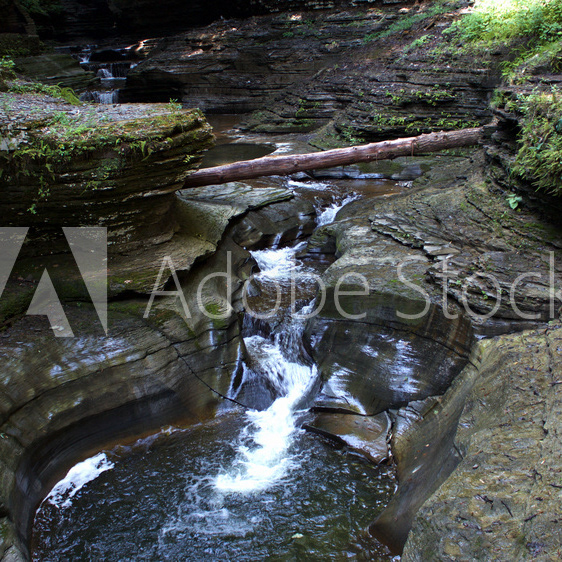An Interactive Experience for Hospital Waiting Rooms
The Problem
Before finalizing any solution, we knew we had to properly understand the problem that we were addressing. To do this, our team conducted both primary and secondary research on the hospital waiting room experience. Galen, Remily and Guile conducted fly on the wall research in a few local hospitals and recorded their observations. We also looked online to see if and how other hospitals were attempting to better the experience of the waiting room. These findings, combined with additional interviews, lead us to find that the majority of hospital waiting rooms are designed with aesthetics in mind, and not mental engagement.
After looking into the problem further, we found that children were particularly affected by the bleakness of the waiting room experience. Interviews with child patients revealed that children want nothing more than to escape the waiting room to a place of play, and at times lack the ability to understand why they are confined to the waiting room at all. Seeing the affect current waiting rooms have on children, our team decided to focus on the waiting rooms in children’s hospitals as the space for our solution.
The Initial Idea
Our brainstorming began by investigating the latest in emerging technologies at our disposal. This involved looking at the latest in AR, VR and interaction between devices. During this research process, I thought of my prior experience as a tutor and how younger children always seemed to like the classic search game I Spy. With this in mind, I suggested the idea of an interactive wall that would act as a large, communal I Spy within the waiting room. From that our idea was born.
Once we further defined our problem, we crafted a creative brief to guide the rest of our design process.
A look at the artistic progression of our creative brief for this problem. Graphic design by Guile.
User Testing Round One
One of the primary hurdles we saw our design overcoming was accessibility. We wanted our interactive wall to be playable by as many visitors as possible, so we knew accessibility had to be a core design consideration. To test this, we created a low fidelity interactive wall and utilized Think Aloud, Video Ethnography and Direct Observation techniques to see how users with various levels of accessibility would interact with a wall sized experience.
Part way through our testing, we discovered that our testing methods were not robust enough to properly assess our prototype. To compensate, we redesigned the test on the fly to encourage more movement from the participants.
Our final findings suggested that mobility was less of an issue for a wall based experience than we thought. In fact we found in some cases that movement was not a natural response to the wall at all, and would have been avoided by users if not required by the gameplay mechanics. We also learned that any device being used to interact with the wall must give clear prompts and feedback to the user.
User Testing Round Two
After consolidating our findings from the previous round of user testing, we refined our idea to include forced movement, increased complexity to the gameplay mechanics and the removal of an intermediary device to interact with the wall.
Our second round of user testing involved a more high fidelity prototype created by Zachary. This was a simple bubble popping program that was projected onto a whiteboard using a smart projector. The use of the smart projector allowed our participants to directly interact with the program on a wall.
An early look at the application. The emoji faces were later removed.
In this round of testing, our core focus was to see how two users would cooperate (if at all) on a large format display. We wanted to get a sense of how multiplayer interaction would take place between peers and on an intergenerational level. We measured the emotional responses of the participants and the effectiveness of the system by using the SUS, PANAS and Paul Ekman’s Emotions test.
After assessing all the data collected from the testing, we came across some impactful findings for our design. Primarily, we learned that older users of the program required game objectives for motivation whereas younger children preferred ambiguity in the game mode (our findings suggest this is because younger audiences prefer to impose their own rules onto the system ie. make up their own games). We also learned that competition seemed to be the natural response to the inclusion of a second person in game mode that could be completed individually. Greater focus would have to be placed on human to human and human to computer interaction for our final prototype.
The Final Product
The development of our final product began with its visual ascetic. We wanted to create an atmosphere of exploration and adventure for children to play and interact with. This required a graphic style that is both structured enough to guide play, but ambiguous enough that the player can impose their own ideas onto the game. This ambiguous approach also helped to keep the content appropriate for a wide variety of ages. The art style of Ibb and Obb was recommended to us for inspiration and the entire group found it very compelling. While iterations were made to our initial graphics for some time, a radical shift in art style towards the end of the process was decided upon for the final prototype.
Sketch by Galen. Intermediary designs by Guile and Galen. Final design (far right) by Zachary.
Our final design is an interactive wall experience meant to mentally engage waiting patients and provide a space of exploration, play and escapism for children in hospital waiting rooms. It is designed as a projection mapped experience that utilized IR detectors for direct touch input. It is designed to be cost effective and accessible for hospitals by leveraging a combination of corporate and localized sponsors. If you would like to see the whole business plan for the Perspective Wall, you can view that here.
If you would like to read more about my individual contributions to the Perspective Wall, you can view those here.









